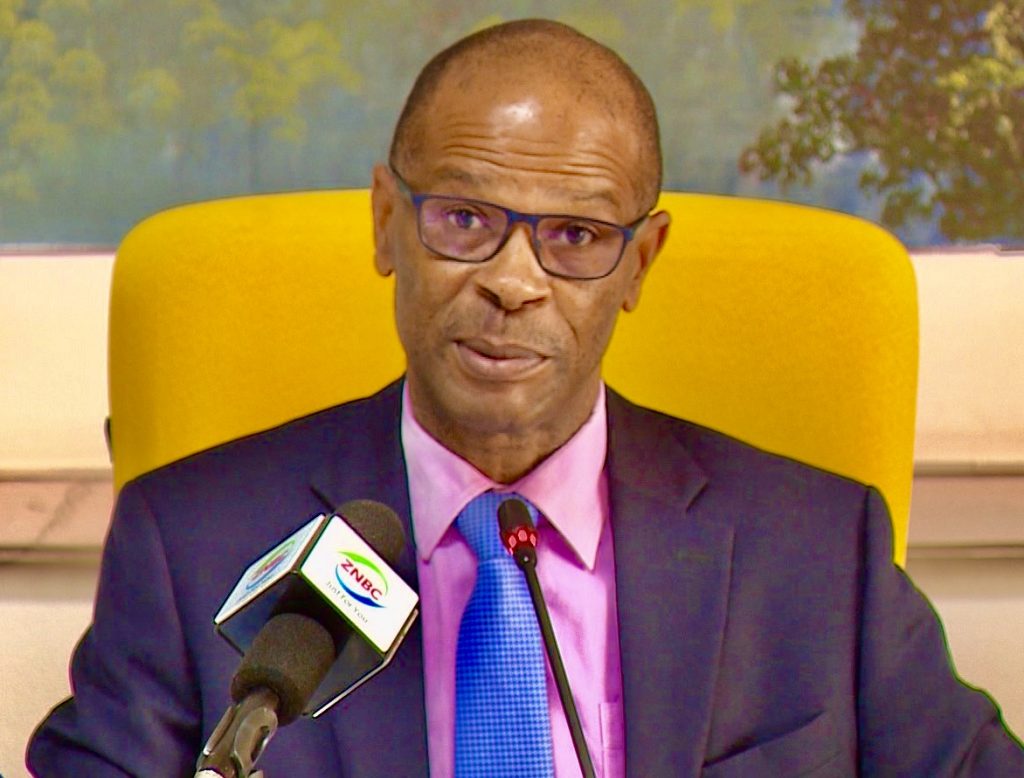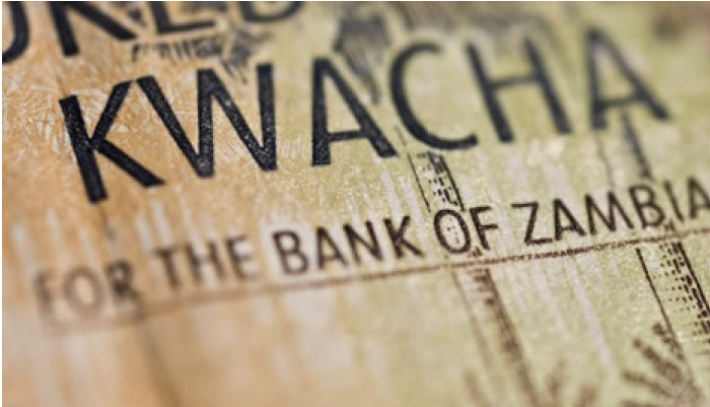LUSAKA (The Business Telegraph): As disease pandemic risks deepen, there is increasing need for social distancing and masking protocols but this has reduced interactions causing disruptions and adverse business ecosystem effects. Business pulse remains muted below series average of 48.3 and has been in negative (<50) for 17 months straight as measured by the Markit Economics/Stanbic Purchasing Managers Index – PMI. (50 is the benchmark for expansion and contraction).
The central bank in the copper producer has been on an aggressive expansionary monetary policy path from mid April when it relaxed credit provisioning and capital rules while a ten yard (K10billion) stimulus package dubbed the Targeted Medium Term Refinance Facility – TMTRF whose utilization remains very weak has caused a lag in the climb down of interest rates for (3-5yr) term funding. Pricing has eased significantly by 125bps to 9% (BPR + 100bps) which on the face of it was seen as a life line to bank to non-bank financial institutions to fund deal pipelines that would absorb disease pandemic credit and liquidity risks. It was also seen as a means to allow banks ease balance sheet funding but for the disbursement inertia this has not yielded the desired outcomes. The central bank has been active in Open Market Operations injecting liquidity to ensure markets are adequately funded. Bank of Zambia loudest signal was a 125bps benchmark interest rate cut to 8% the lowest ever since the MPR was introduced.
BOZ TMTRF collateral requirements, excessive. The central banks TMTRF has collateral requirements that seems to suggest the Bank of Zambia have an idea of the gravity of credit risks that this environment is exposed to. The facility requires collateral comprising of government securities and other assets issued by FIs at steep haircuts between 45-55% which in our opinion is excessive cover for a credit line to a financial institution. A hair cut on government of such magnitude suggest the central bank may doubt its own paper contradicting what the facility design aims to achieve.

One of the areas the substantive central bank Governor Christopher Mvunga should look at, is the possibility of lending at par value of the collateral. Zambia’s sudden shift in monetary policy leadership has caused nervousness around what next to expect after Dr. Kalyalya’s exit.
Currency weakness will transmit further credit risks. Given feeble reserves and a sliding currency business fabric is at risk as more players remain jittery about exchange rate risks. Zambia’s net import position will weigh exchange rate risk as the more liquidity the central bank channels to consumers the higher the appetite for dollars as economic activity seeks to claw back eroded growth. The market is seeing some conversation skews towards kwacha loans from dollars given the cheaper local currency liquidity in the market. However term funding remains elevated as bond yields are high. This is an aspect which the TMTRF should have addressed if disbursements were swifter, the new governors deliverable.
Read more: Dollarization of mining taxes and arrears dismantling causing a forex supply quagmire
Balance sheet expansion through quantitative easing as other central banks has been an option by the BOZ which has allowed for fiscal programs such as arrears dismantling to provide liquidity to suppliers and contractors that have been starved of liquidity. The Bank of Zambia has sold COVID bonds in excess of K5.3billion as part of an K8billion Ministry of Finance economic recovery program.
Treasury bills follow gravity. Short term yields on government securities continue to ebb and over the last 10-12 weeks have compressed 150-475bps (3mnths – 1yr). Risk skew continues to support treasury bills than bonds appetite on the back of duration risks. T-bills have continued to outperform bonds a very similar theme to 2019 and have recorded about 135% subscription of the 18 debt sales so far this year. Bonds remain lagged and yields fairly elevated with 5yr paying 33% making term funding repricing risks high. Treasury bills will be the biggest funders of the government this year as the fiscals seek to use the domestic markets to finance its programs shaped by the K10.6billion supplementary to the end of the year. The central bank increased its government security offerings by 36.7% and will seek to raise a minimum of K13.4billion ($750million) in 3Q20 according to the bills and bonds prospectus shared at the beginning of the third quarter.
NPLs are blowing up. The Bank of Zambia like any other central banks have continued to address liquidity needs of the markets to absorb COVID induced risks which isn’t doing much to hedge the economy against credit risks. It’s more complex than many would think because liquidity doesn’t address capital adequacy and neither does it cushion for non performing loans. Disease pandemic has had so far fetching effects that has left many out of employment and some in wage trim mode as companies go lean to manage survival. Malinvestment risks are high because cheap Kwacha funds will cause sub optimal capital allocation and eventual debt build.
As at 30 June, industry NPL ratio was 12.5% (K4.8billion) way above the 10% prudential limit levels last week during the energy crisis of 2013-2014. This level is set to widen as disease pandemic risks fully price in as Zambia’s cases are yet to peak. The copper producer recorded 11,779 (28 August) a steep jump from the April levels. Zambia’s credit risks will be a cocktail of fiscal and disease pandemic induced stress which has weighed key sectors. Mining sentiment has been feeble this year as litigation, care and maintain age pressure builds impacting production while the cement industry has seen gypsum prices jumps 35% resulting in high cement prices. The hotel industry is tied to a shrivel in tourism given muted international flight activity as airports internationally are yet to fully reopen. This has hotel occupancy and cost tourism a great deal. Zambian banks have very little appetite for airline industry as such bailouts are a mirage. The energy sector has a new normal with power rationing 6-12hours as dam levels recede at the Kariba affecting generation a problem that the year will see persist. Agriculture and the technology sectors are interim winners given the bumper harvests and demand for digitization respectively. Pharmaceutical is getting traction in disease pandemic era given the rising demand for medical equipment and medicines.
Read also: Zambia’s is CCC (-ve outlook) by Standards and Poor’s
Still ‘CCC’ rated for S&P. Zambia is still CCC rated for Standards and Poor’s as affirmed in August with negative outlook given balance sheet vulnerabilities and deepening disease pandemic effects. The fiscals have already transmitted to the money markets causing currency routs and elevated bond yields etc. Zambia’s ability to absorb external shocks remains very feeble as reserves hover just below $1.4billion (2.3mnths import cover).
Zambia is set to recede 4.2% in 2020 (BOZ: MPC statement) given disease pandemic effects which both the monetary and fiscal sides continue to fire fight through various interventions such as expansionary policy and stimulus packages respectively. Credit impairments are on the climb with 1H20 jumping 119% eroding industry profitability.
The Kwacha Arbitrageur

